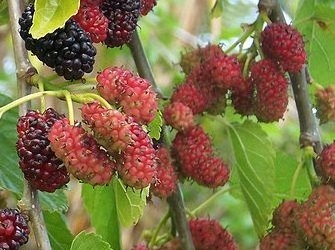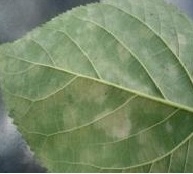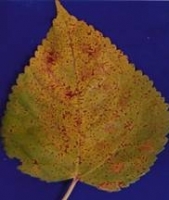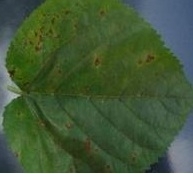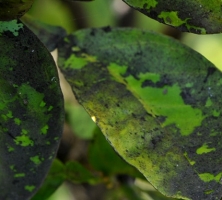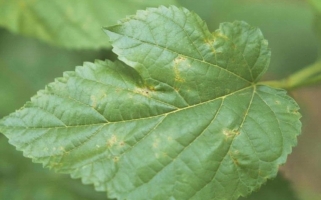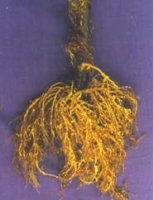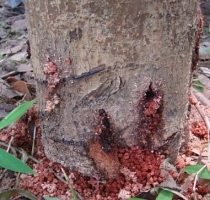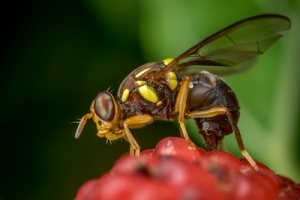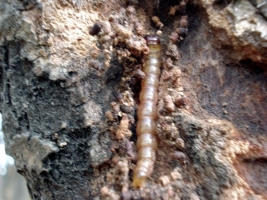General Information
Mulberry tree is known as Morusalba in botanical name. The primary use of Mulberry leaves is to feed silkworm. Mulberry has wide medicinal use such as for making blood tonic, cure dizziness, constipation, tinnitus, urinary incontinence etc. It is also used for making fruit juice which is very popular in Korea, Japan and China. It is a perennial plant with average height of 40-60 feet. Flowers are compactly arranged which gives violet black color fruits. Punjab, Haryana, Himachal Pradesh, West Bengal, Karnataka, Andhra Pradesh and Tamilnadu are major Mulberry growing states in India.

